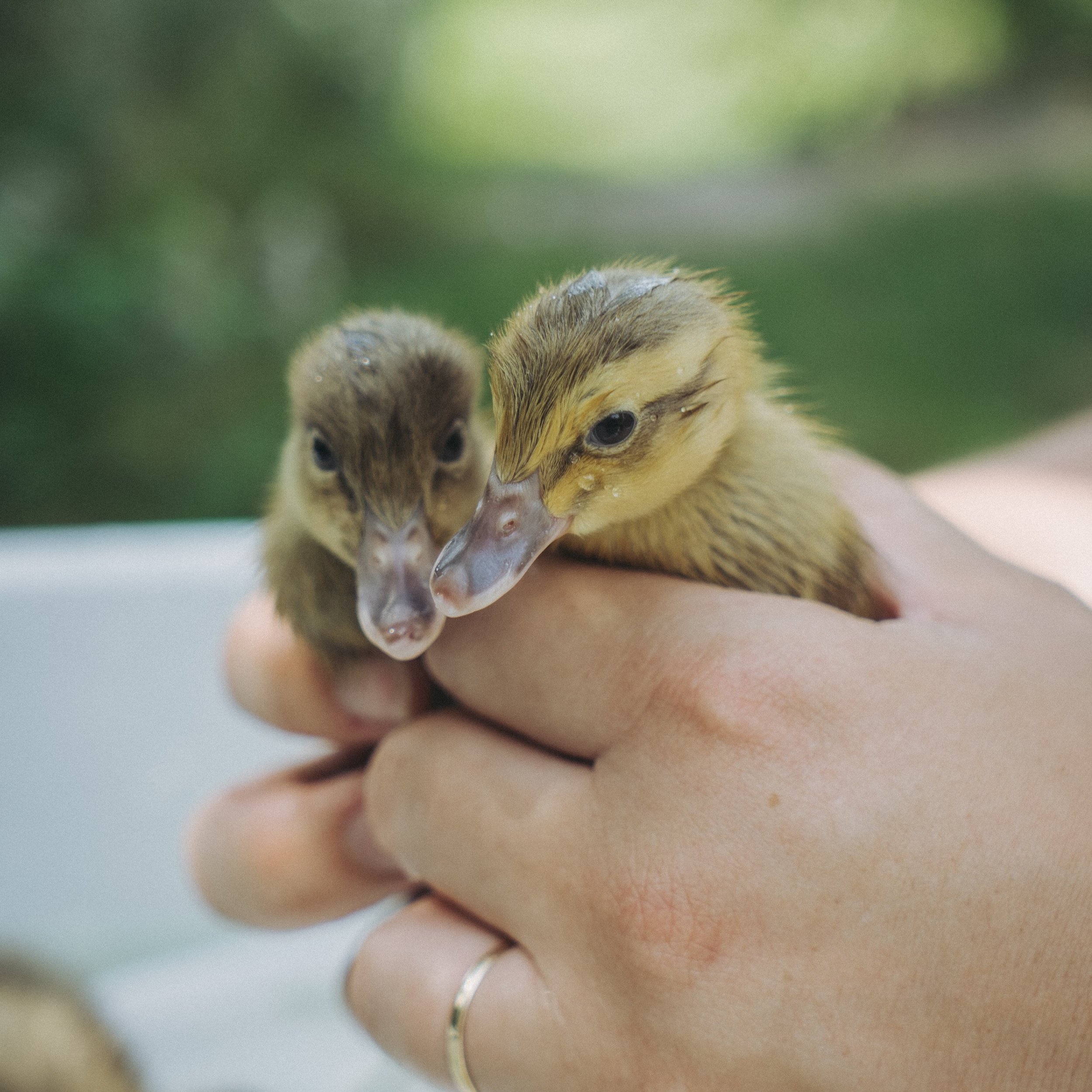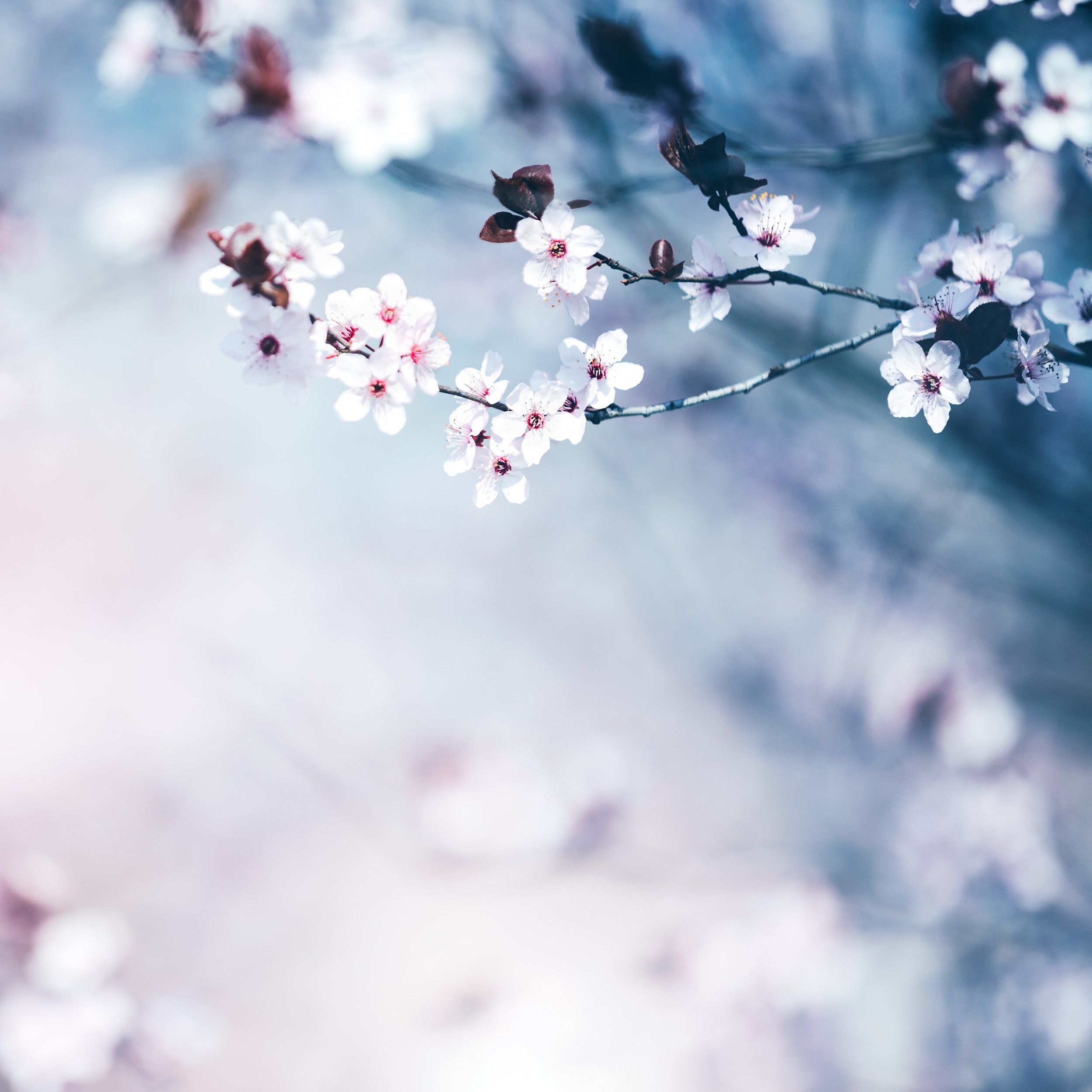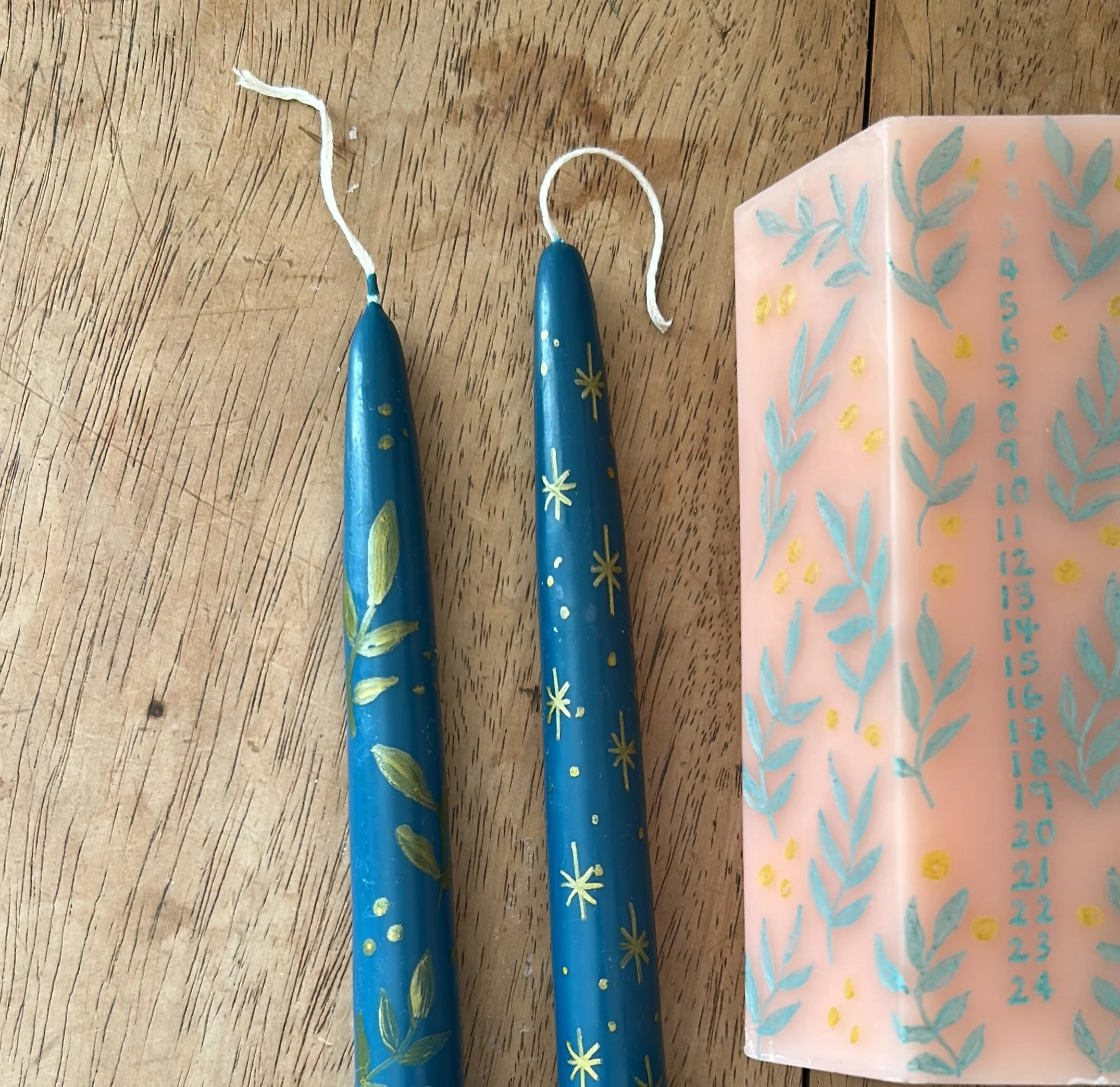As signs of spring begin to appear, keeping a nature diary is a great way to log the changes in the air at this time of year
Unlike a standard diary, a nature diary needn’t be personal so it can feel much easier to get started, by simply observing what you see. There are many ways you can do it. If you’re feeling ambitious you can make a few notes each day but once a week is a good aim. Or you could make it something you sit down at once a month but really give it some time, and then end the year with a beautiful record in 12 parts.
Similarly, consider where you want to observe nature. It makes sense to take the same walk each time you journal so that you can see the subtle changes at work, but if that might drive you mad, you could vary your nature walks and maybe even include maps to document what you saw and where. Certainly it makes sense to pick areas where you know there will be things of interest to note. A location near water or with a very ‘active’ hedge will always yield plenty of wildlife to spot, but you’ll be surprised at what forces its way up even through cracks in city paving slabs. Somehow, nature always finds a way.
Now you’ve made the mental commitment, it’s time to think about what form your nature diary will take. Here are a few ideas.
A physical sketchbook in which you can draw and maybe shade with coloured pencils or paint with watercolours is a lovely keepsake. You can label the plants and wildlife you see or write a bit more by each illustration of your experience that day.
If you like the idea of a notebook in your hand but aren’t an arty type, you could simply log your nature sightings in pencil or pen with a time and date. Maybe look your sightings up when you get home and add Latin names or interesting facts as you learn them.
Should you fancy getting really down and dirty with nature, your book could include natural dyes and pigments made from the plants and earth you happen upon. You can find out how to make natural dyes from nature with a quick internet search.
Another visual sort of nature diary, but a little easier for those of us not blessed with a single artistic bone in our bodies, is a scrapbook. You can press and dry leaves and flowers, stick in seeds under sellotape and add pieces cut from maps. Then add labels in your very best handwriting.
Go digital and record your nature walks using photos. You could print out your favourites or simply upload them to a blog or Instagram account.
Our blog today was inspired by a feature in our February issue in which we met Jenny Coats, whose nature diaries can be followed on her account @jenny.coats.created.
Buy this month's The Simple Things - buy, download or subscribe
















